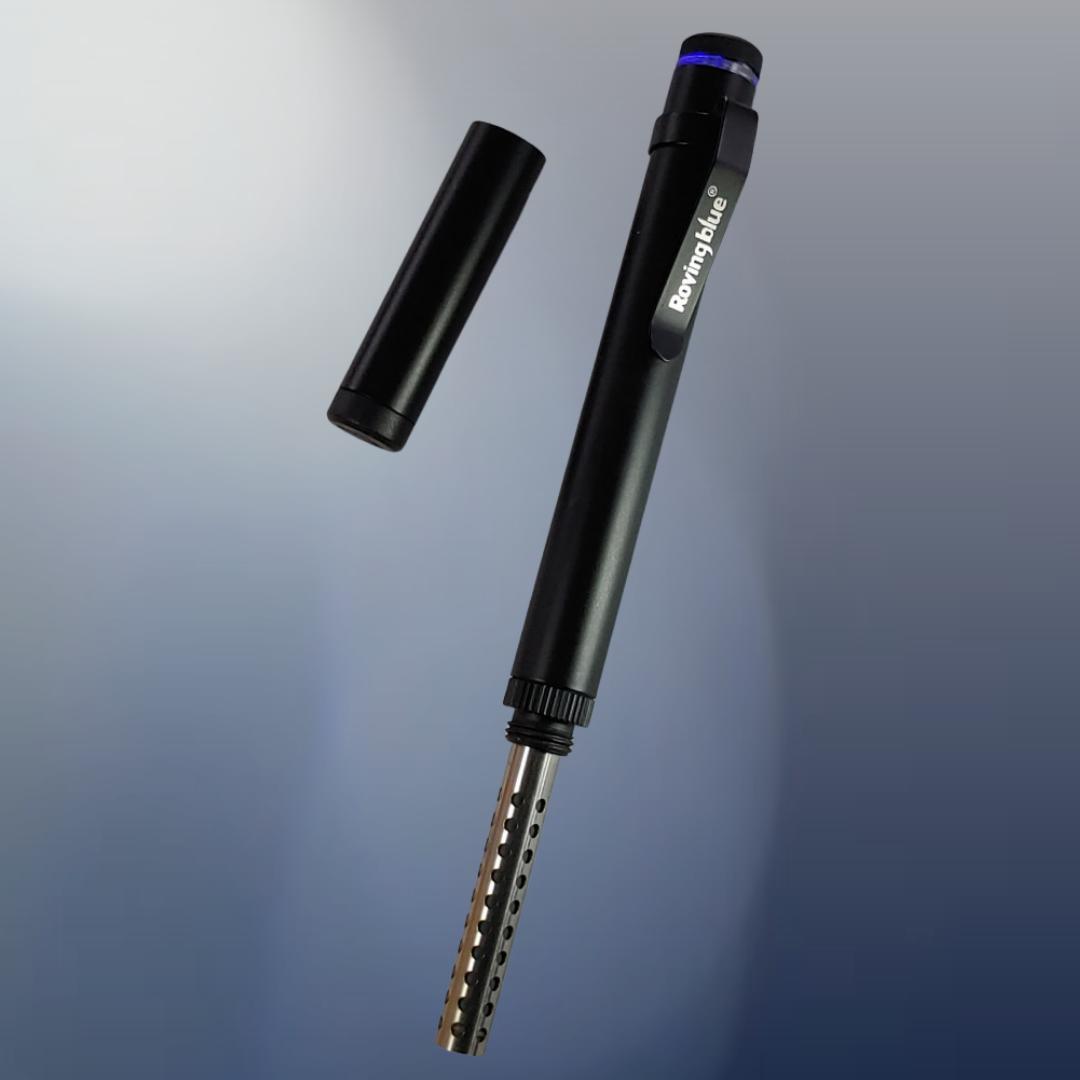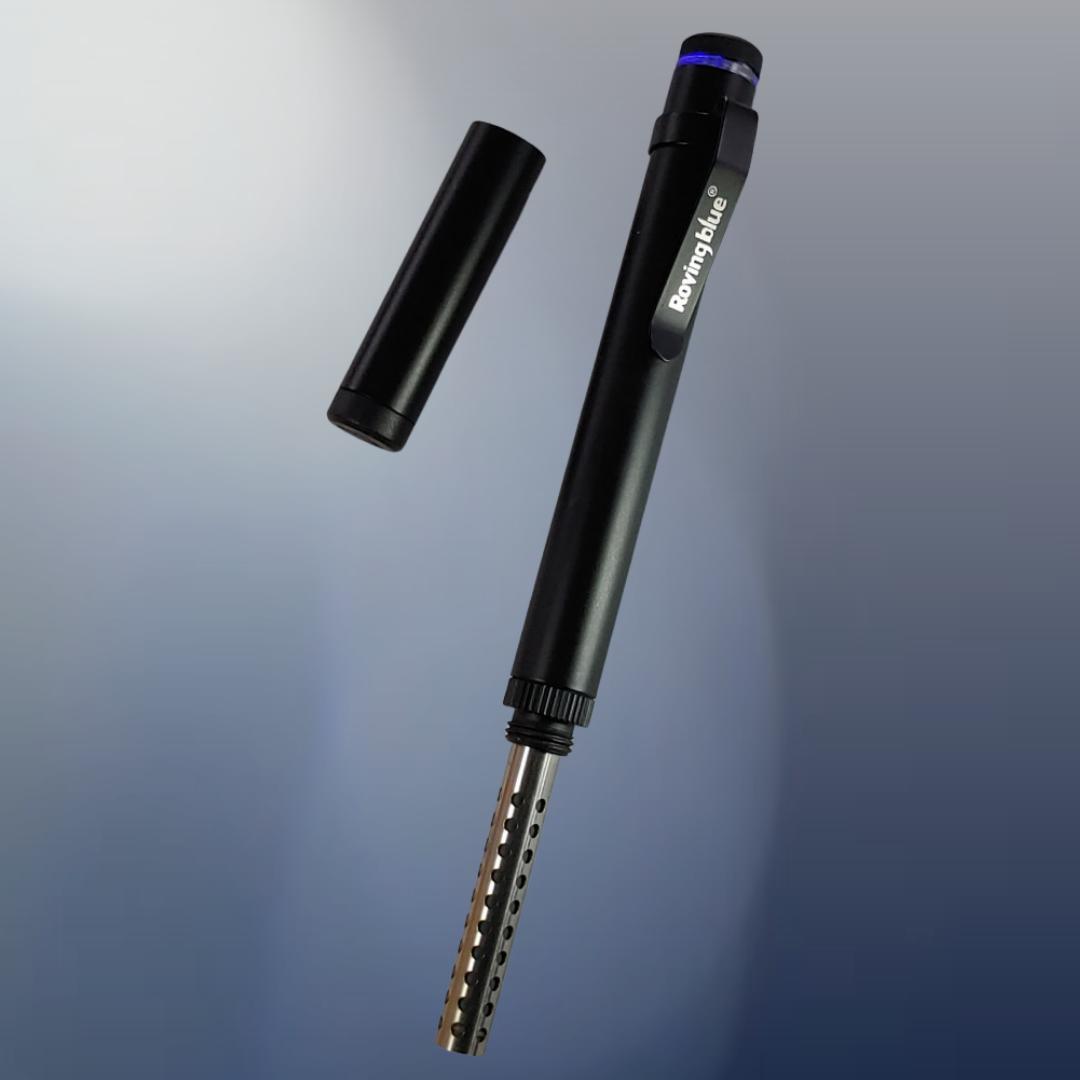Answer
Feb 20, 2023 - 10:39 AM
UV Light is an effective tool in the toolbox for fighting micro-organisms, however there are 3 key differences:
1. UV light, when used for water, must be used with perfectly clear water (it's a beam of light, if there is a dirt particle, and a germ hiding on the other side of it, then the germ won't be affected). If you use UV, you should consider having a filter as well.
2. UV light has no effect on the taste or odors of the water. Ozone, on the other hand, is highly effective at making water taste and smell better (almost all water bottler companies use ozone to improve the taste of their water).
3. UV light only works when it is on and beaming on something. Ozone, for about 15 minutes, has the ability to make the water itself have germicidal properties. So you can use ozonated water to clean other things, such as your mouth (it's great on bad breath!), cutting boards, a fish fillet (ozone is approved by the USDA for contact with foods), a scraped knee. This is a wonderful property.
4. This may be a minor point, but UV light doesn't actually kill the micro-organisms, It "inactivates" them by disrupting their DNA and making them unable to reproduce. I know about you, but I'd rather have them dead!
1. UV light, when used for water, must be used with perfectly clear water (it's a beam of light, if there is a dirt particle, and a germ hiding on the other side of it, then the germ won't be affected). If you use UV, you should consider having a filter as well.
2. UV light has no effect on the taste or odors of the water. Ozone, on the other hand, is highly effective at making water taste and smell better (almost all water bottler companies use ozone to improve the taste of their water).
3. UV light only works when it is on and beaming on something. Ozone, for about 15 minutes, has the ability to make the water itself have germicidal properties. So you can use ozonated water to clean other things, such as your mouth (it's great on bad breath!), cutting boards, a fish fillet (ozone is approved by the USDA for contact with foods), a scraped knee. This is a wonderful property.
4. This may be a minor point, but UV light doesn't actually kill the micro-organisms, It "inactivates" them by disrupting their DNA and making them unable to reproduce. I know about you, but I'd rather have them dead!




Add New Comment